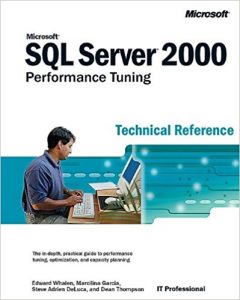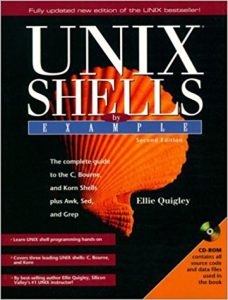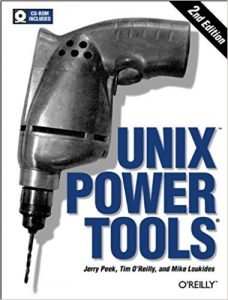 (On our day off, we went to Hatu Peak to throw snowballs and enjoy the view)
(On our day off, we went to Hatu Peak to throw snowballs and enjoy the view)
Image this: you’re going for 5 weeks to the Himalayas to have a computertraining. Six days a week with a private, vendor approved teacher the whole day learning about your favorite subject. Far away from home, just study-study-study, eat, sleep and repeat.
Sounds nerdfest? I’ve done it twice. Surely it’s fun to concentrate on your study, untouched by everyday’s worry back home. No distractions, no duties. Just you, the teacher and lot’s of keyboardtime together.

There are several reasons why I choose this way of training. First of all, it’s much cheaper: for example, a MSSQL administration workshop 70-764: Administering a SQL Database Infrastructure combined with 70-765: Provisioning SQL Databases will cost you 5600 euro’s. In India, it’s less than half: 2400 – and that’s including the hotel, airport transfer, dinners and exams. It’s without airfare though, so the longer you stay the more you save.
The quality of trainings is as good as the teachers, but my experience has been very well so far. Not all the stories I hear are so positive – sometimes the chemistry isn’t there and you’re into a rolling eyes experience. But again, most of the people I have met are very experienced teachers – and I didn’t have any problems with their pronunciation of the English language.
To me, it because a format: go abroad where the prices are low and the quality good. Add to that the small vacation feeling and I have found my trainingformat.
 Coming back was harder.
Coming back was harder.
 Check out this video for an impression.
Check out this video for an impression.
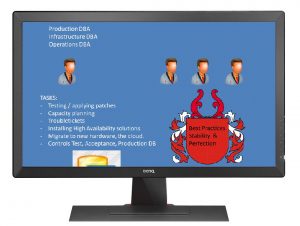



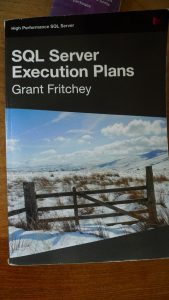
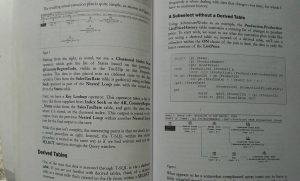
 (On our day off, we went to Hatu Peak to throw snowballs and enjoy the view)
(On our day off, we went to Hatu Peak to throw snowballs and enjoy the view)
 Coming back was harder.
Coming back was harder.
